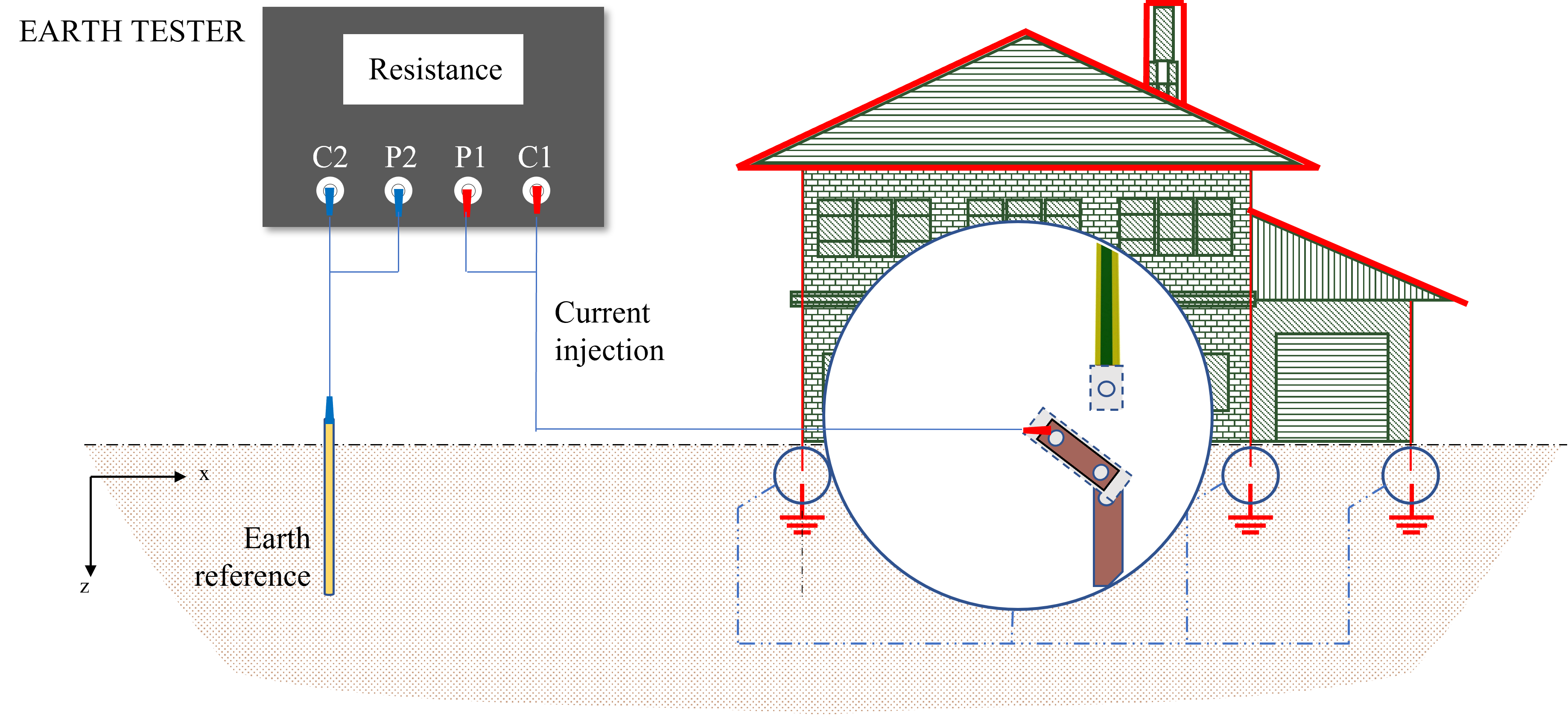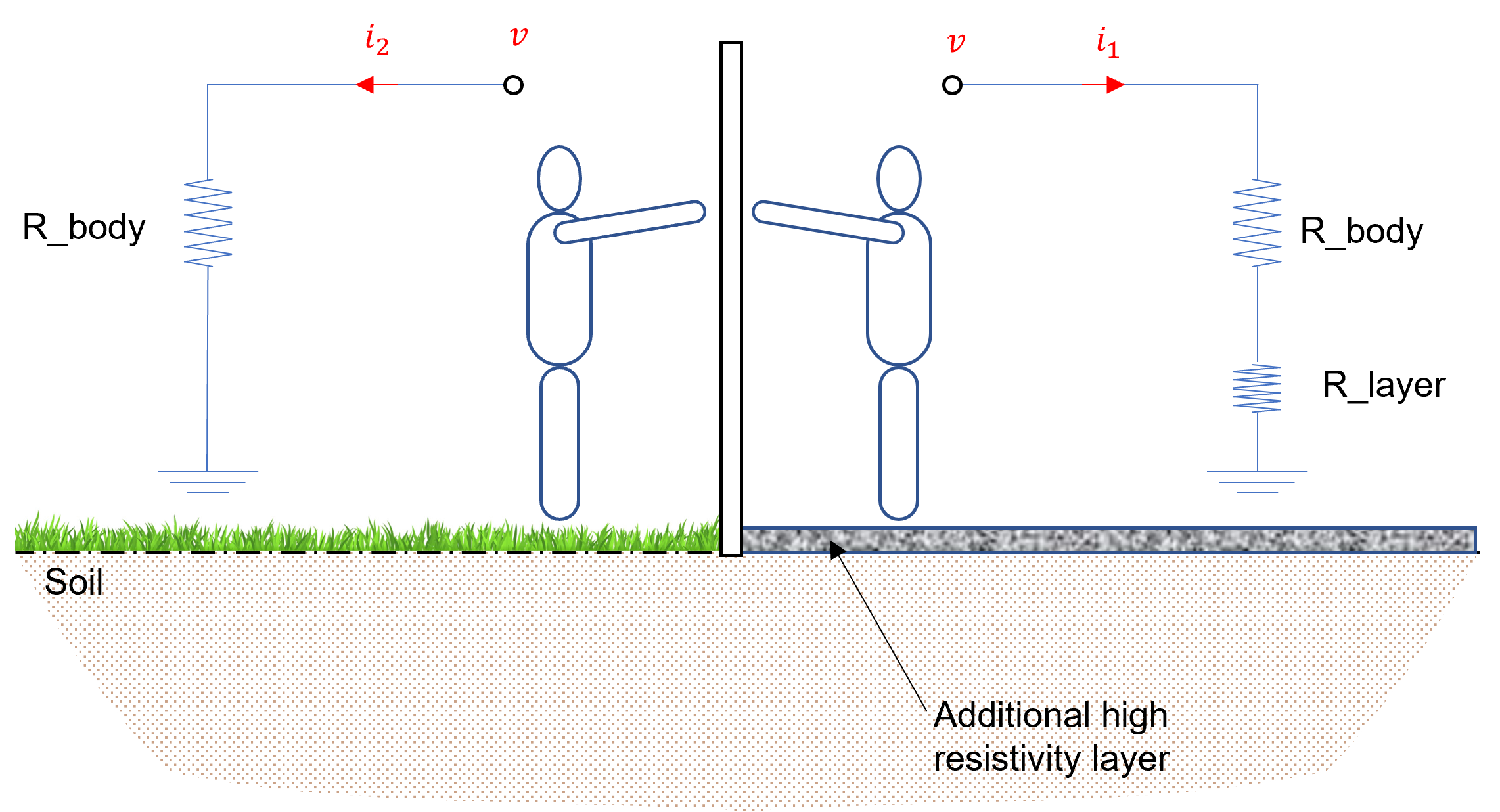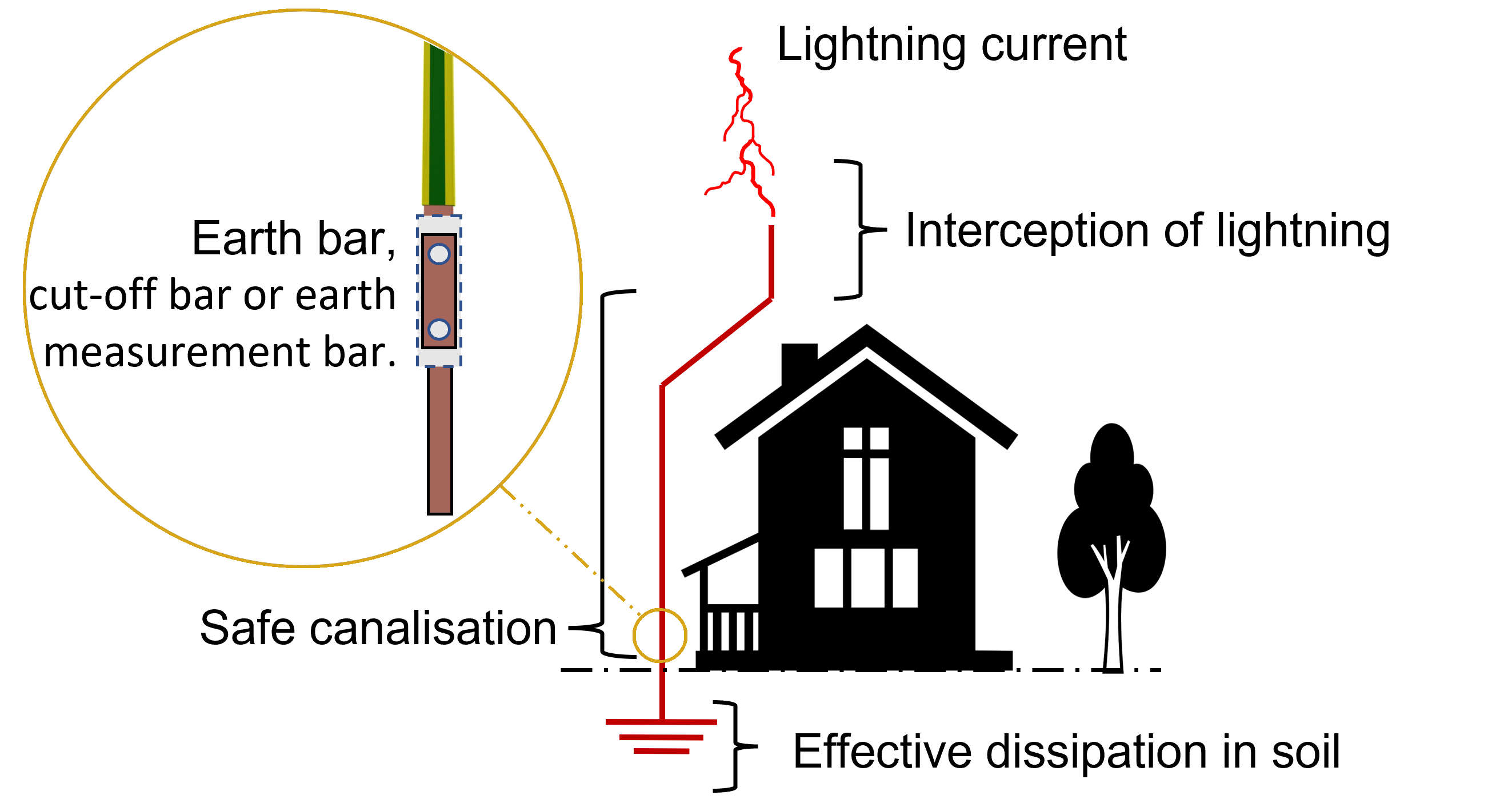In recent years, the frequency of lightning strikes in the Arabian Peninsula has rapidly escalated, especially during the hottest months
Despite the rarity of rainfall in the region and its generally sunny climate, the area is no stranger to lightning; in fact, it is one of the 500 lightning hotspots in the world [1], often seeing ‘Dry Thunderstorms’ with little or no rain at all.
The GCC’s environment and its ever-growing urban population centres form the ultimate playground for lightning to cause immeasurable damage to infrastructure and human life.
Even though external (structural) lightning protection is typically installed, the protection of a building’s incoming services and internal systems from the secondary effects of lightning is often overlooked.
As more and more of the world’s businesses and ex-pats move into the lucrative GCC market, the need for adequate and reliable lightning protection is more crucial than ever.
Here’s why:
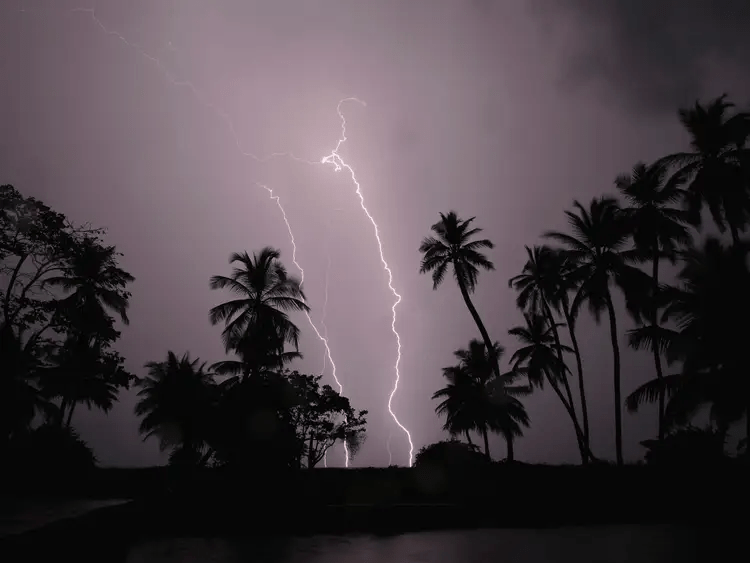
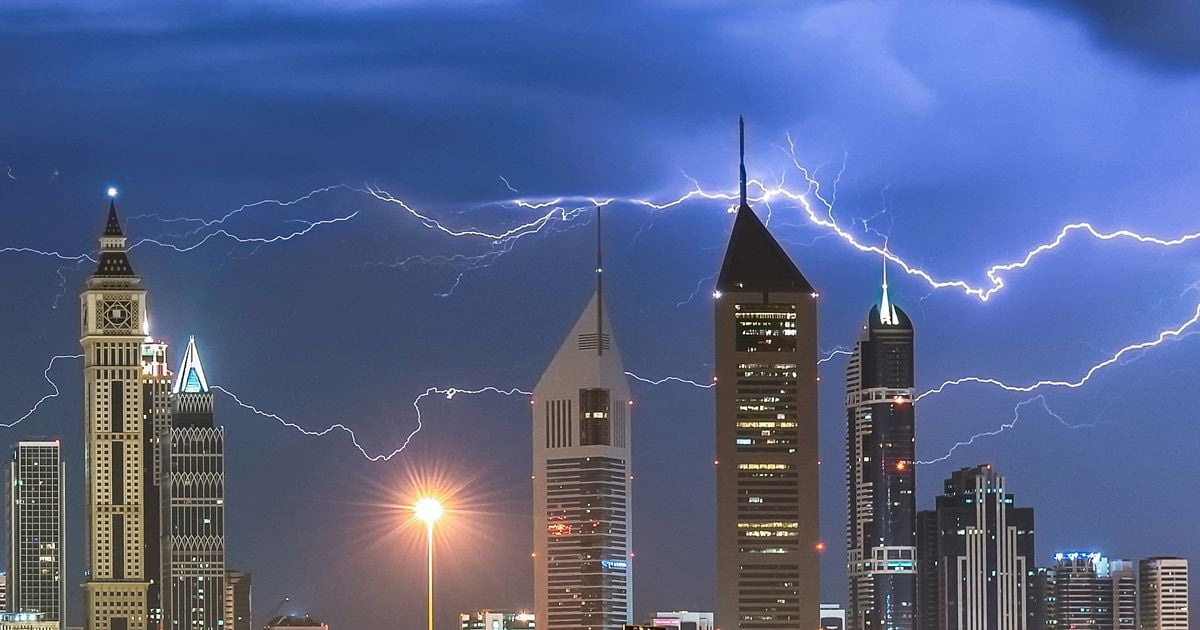
The Middle East is warming at twice the global average. By 2050, it will be 4 degrees Celsius warmer than the rest of the world due to climate change [2].
This can already be seen in the region’s increased droughts and high temperatures that top the charts every year.
But extreme heat and dryness aren’t the only things that will increase.
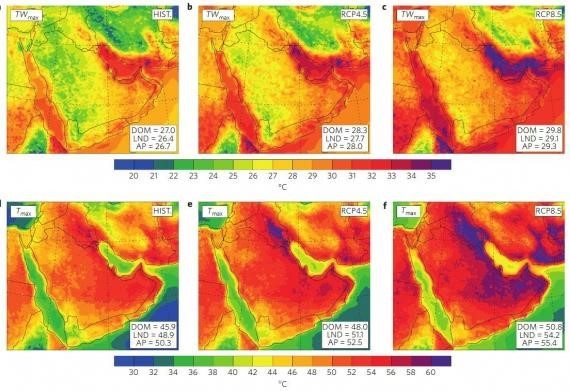
As global warming continues to slowly yet steadily increase weather phenomenons, lightning storms will increase since the distribution and frequency of lightning are directly linked to the Earth’s climate.
So, while most of the world will have slightly more time to bear the full brunt of climate change, the MENA region will be one of the first places to experience its consequences, especially in the Arabian Gulf states.
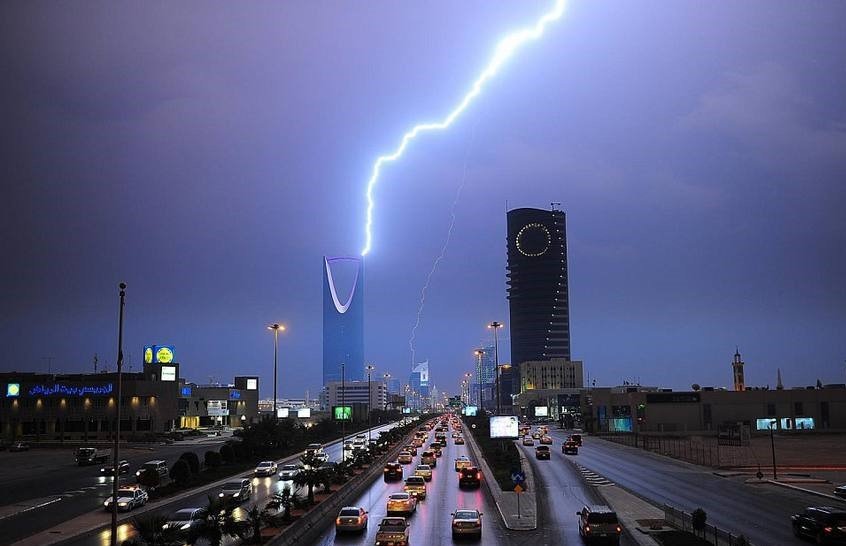
In the second quarter of 2021 alone, 616 new buildings completed construction in Dubai. Out of that figure, 101 were multi-story buildings, and 58 were public buildings [3].
Like the rest of the GCC, Dubai is rapidly becoming the global hub of skyscrapers and mega project developments.
A key common element in all these development projects, just as in other countries across the world, are insurance policies that protect building owners and homeowners from various types of threats such as lightning.
Without a complete lightning protection system, property owners risk failing to meet insurance policy conditions or complex clauses due to faulty or inadequate lightning protection.
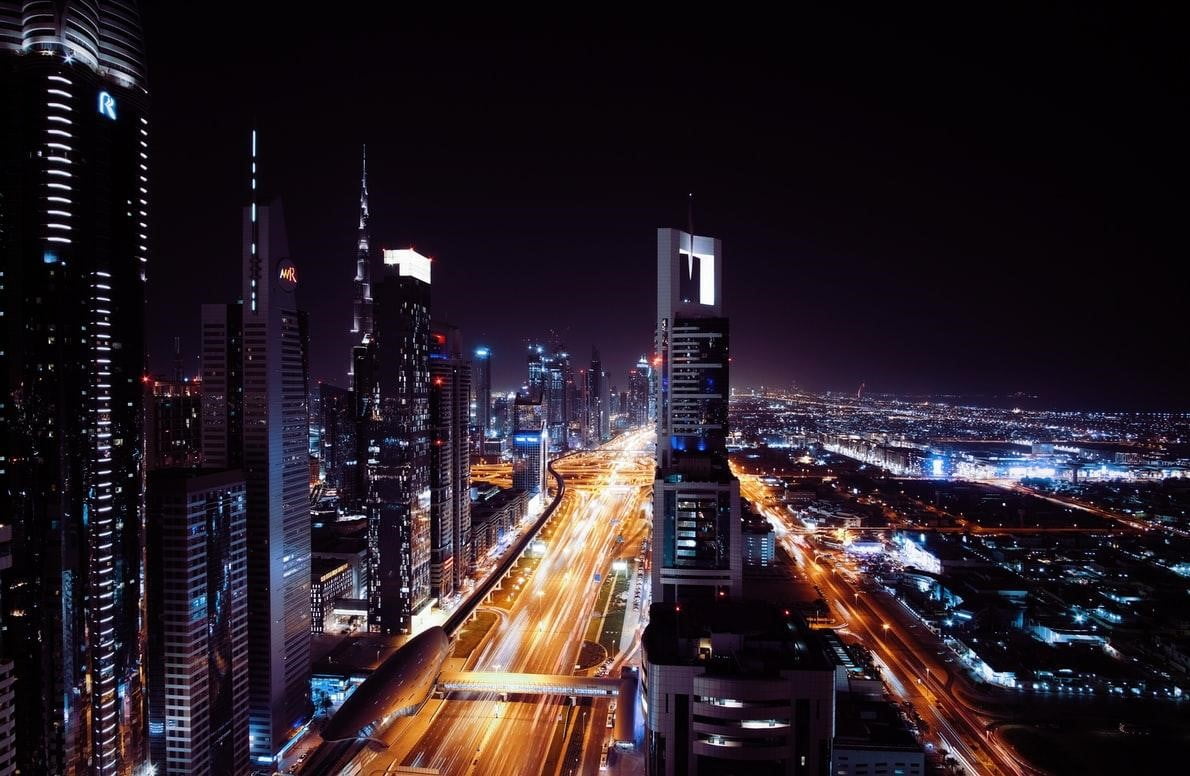
Across the region, residents, contractors, and property owners are constantly upgrading and modernising their buildings and the equipment that serve them.
When making these changes to a building, the existing lightning protection system often does not protect the new additions. This can lead to damages to the new additions, the building itself, and its external parts such as the AC units, solar panels, water heaters, and antennas.
That is, if lightning protection exists in the first place.
Why is this a problem?
During the initial design of a lightning protection system, the external components and appliances of a building are taken into account and either incorporated within the system or protected by it.
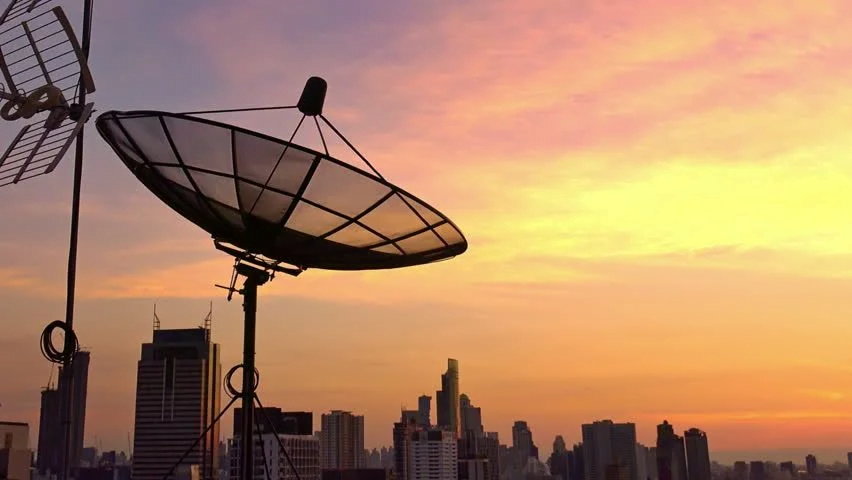
However, the addition of components and electrical systems not correctly protected by the lightning protection system can become a target, putting the entire structure and its contents at risk.
For this very reason, Kingsmill Industries emphasizes the importance of regular testing, maintenance, and upgrading of a lightning protection system after every modification to a building’s structure or services.
Today, from Dubai to Jeddah and beyond, skyscrapers adorn the cities of the GCC states. Lightning protection has increased drastically due to companies realizing the threats of lightning and the ideal lightning storm conditions that the region provides.
Yet, this is not the case for other structures.
Every year, various structures, regardless of their height, suddenly get hit by lightning, resulting in damages and repairs worth hundreds of thousands of dollars.
Warehouses and facilities, which often contain highly flammable or expensive products, can instantly become targets during lightning storms, causing immeasurable damage to the facility itself and the potential for severe injury or even loss of life.
We must consider that while typically, a taller structure is likely the bit struck by lightning, this is not always the case, which makes it essential to have proper protection no matter what.
Even residential buildings are at risk, regardless of their height or location within an area. This threat is further compounded by the neglect of annual testing, maintenance, and upgrading of systems, as highlighted in the previous section.
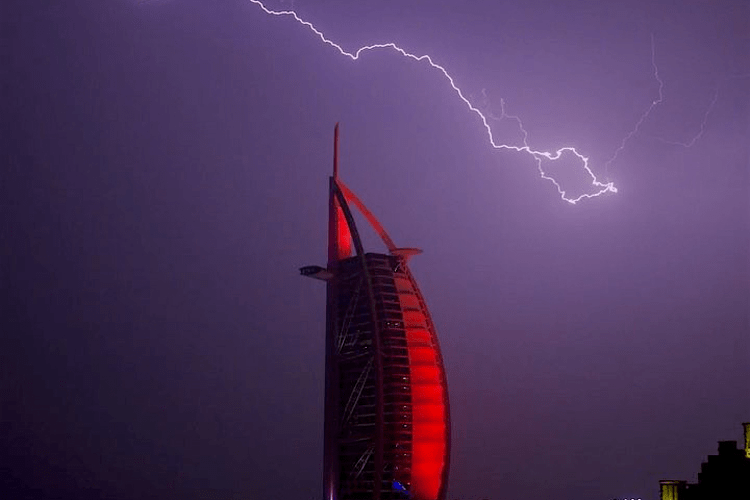
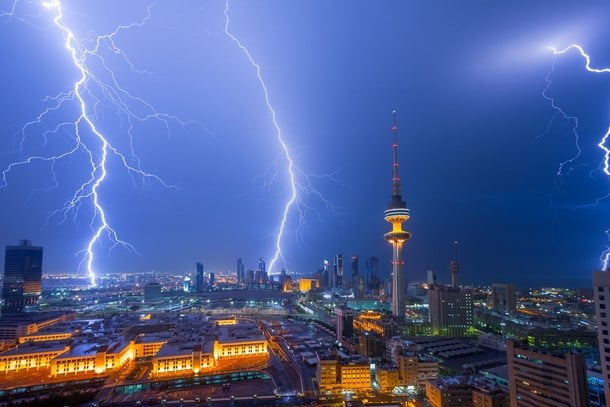
The bustling economies of the GCC are transforming into pillars of the fourth industrial revolution. Everywhere from the oil and gas to the manufacturing sector is integrating artificial intelligence, augmented reality, IoT, cloud infrastructure, and much more as the world is becoming connected more than ever.
Yet, all of this could instantly come to a halt, causing major economic chaos that resonates across the globe due to a single lightning strike.
Why?
While exterior lightning protection exists in the GCC, rarely, if ever, is proper attention given to internal lightning protection.
Anything from phone lines and electrical appliances in residential households to data centres holding the data of countless companies can be rendered inoperable from a lightning strike occurring in a different town.
The implications of this can be massive and result in outages that last for hours and possibly days.
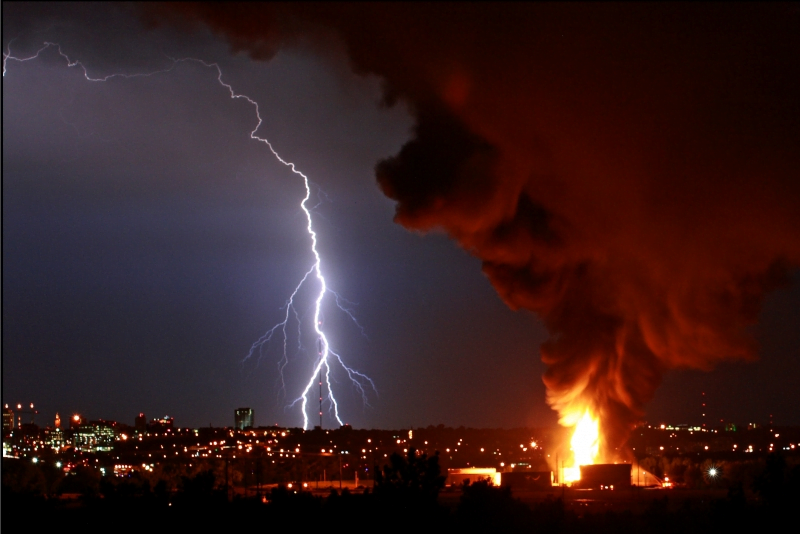
At a time when remote work is the new norm, we depend on electronics and networking systems that enable us to communicate, meaning that any disruption or damage to these systems, similar to the outages of social media networks, can impact entire business operations.
This is why we emphasize the importance of surge protection, since a tiny investment can save property owners and residents alike the costs of repairing their infrastructure while protecting them from the unexpected.
Kingsmill Industries is a pioneer of lightning safety and mitigation equipment that has been refined to meet the harsh and stormy conditions of the British Isles. We proudly produce leading solutions in compliance with the rigorous protection standards of BS:EN 62305, ranging from our industry-tested Air Terminals, Down Conductors, Earthing Systems, and everything else in between to ensure complete protection and security against one of nature’s greatest threats.
Realizing the GCC’s growing needs for lightning protection and the general lack of reliable solutions in the market, we bring our expertise to the market through our subsidiary, RAVCO, to provide customers with consultation and the proper equipment they need to make it through the storm unharmed.

Make sure you’re ahead of the rest today and reach out to us for your safety and protection needs:
Tel: +971 42 677 348
Fax: +971 42 677 349


